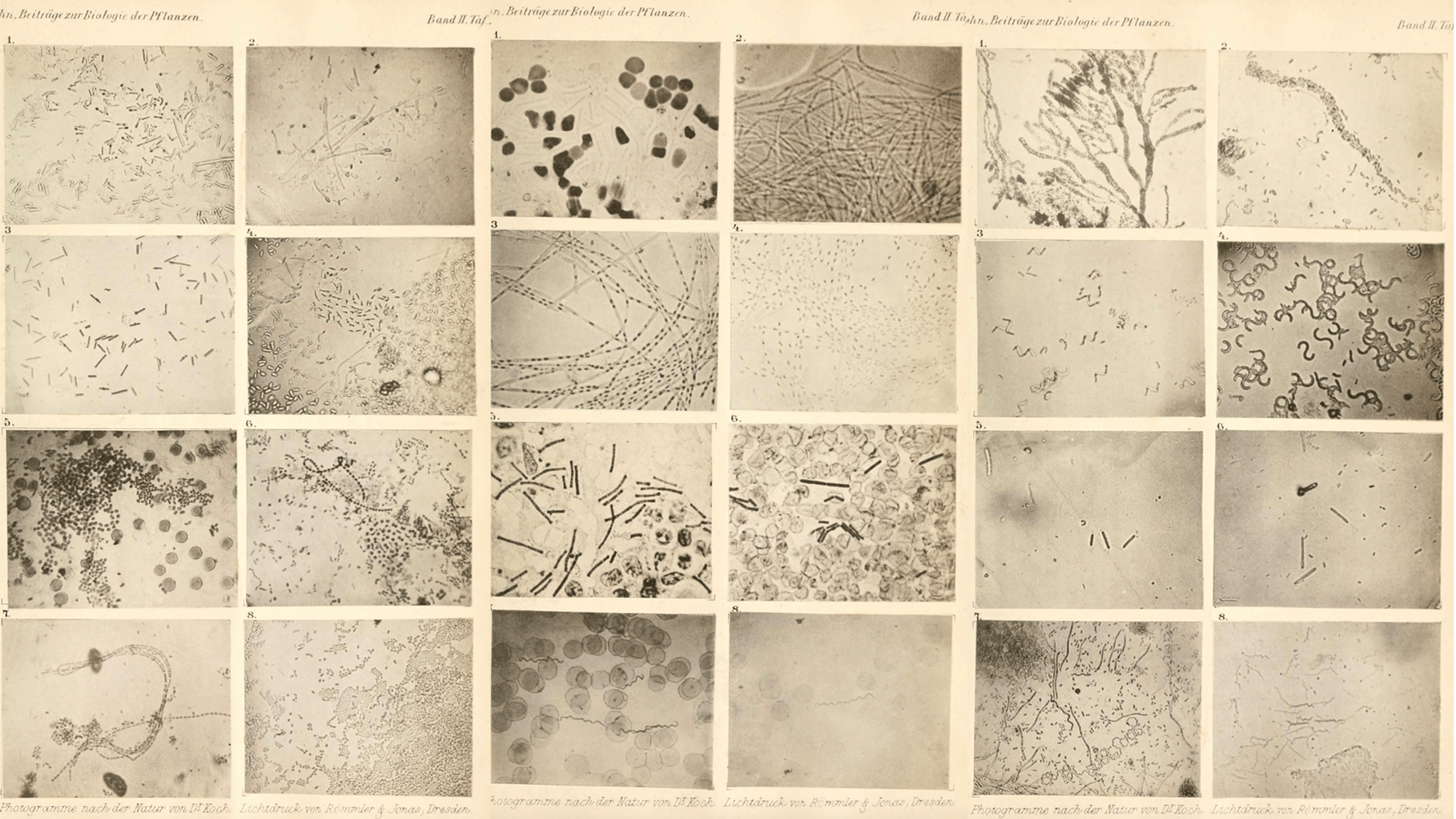

In honor of Charles Darwin’s 215th birthday on February 12, an online 300-page catalog of the famed British naturalist’s vast personal library has been released online. The Complete Work of Charles Darwin Online contains a list of the 7,400 titles and about 85 percent of the collection were previously unknown or unpublished. The items include journals, books, and pamphlets that all belonged to Darwin during his lifetime. Previously, only 15 percent of his vast collection had been readily available online, but this new collection contains 9,300 links to copies of the works all freely available. You can explore the catalog here.
[Related: Letters From Charles Darwin.]
“This unprecedentedly detailed view of Darwin’s complete library allows one to appreciate more than ever that he was not an isolated figure working alone but an expert of his time building on the sophisticated science and studies and other knowledge of thousands of people,” John van Wyhe, a science historian at the National University of Singapore who led the project, said in a statement. “Indeed, the size and range of works in the library makes manifest the extraordinary extent of Darwin’s research into the work of others.”
Darwin’s ‘eclectic’ collection
Most of the books and writings are scientific, especially volumes on biology and geology. However, Darwin’s library also included works about his various other interests–farming, animal breeding and behavior, geographical distribution, psychology, philosophy, religion, art, history, travel, and language. Most of the material is written in English, but close to half are written in German, French, Italian, Danish, Dutch, Swedish, Spanish, and Latin.
A coffee table book published in 1872 that includes photographs of various artworks called Sun Pictures is one of the books that were not previously known to be in Darwin’s vast library. He also had a copy of Explorations and Adventures in Equatorial Africa, a science book on gorillas that was very popular after Darwin’s hallmark On the Origin of Species was published.
Among the new shorter items is an article from The American Entomologist titled “The hateful or Colorado grasshopper” and more curiously titled papers including, “The anatomy of a four-legged chicken” and “Epileptic guinea-pigs.” Darwin’s library also had a German scientific periodical published in 1877 that includes the first published photographs of bacteria.
While several books have been written about Darwin and his work, this is the first time that his library has been completely itemized. According to Van Wyhe the catalog shows that Darwin was, “not an isolated figure working alone but an expert of his time building on the sophisticated science and studies and other knowledge of thousands of people. The size and range of works in the library makes manifest the extraordinary extent of Darwin’s research into the work of others,” Van Wyhe told The Guardian.
Mini mysteries
Darwin died in 1882 at the age of 73 and scholars believed for several his collection contained as many 1,480 books. The surviving books are in two main locations–Darwin’s former home of Down House and the University of Cambridge.
However, while a great deal of his library was preserved and cataloged, many other items were dispersed or lost. Over a period of 18 years, The Darwin Online project identified thousands of the scientist’s more obscure references in his own detailed lists of his literature. This is the first time that many of the items have even been published.
Each of Darwin’s references to a strange pamphlet or journal required solving a mini-detective story to find the publications that Darwin had referenced in his various notes. Some missing details including author, publication date, or the source of clippings in thousands of the records from older catalogs have been identified for the first time in this new online collection.
The 426-page handwritten Catalogue of the Library of Charles Darwin helped the team reveal some of the missing documents. The catalog was compiled in 1875, and includes some of the abbreviated references to various parts of the library that scholars were able to use to track down some of the unbound pamphlets and volumes in his collection.
[Related: Mission to recreate Darwin’s scientific Beagle voyage sets sail.]
Some of the other sources the scholars used to tease out clues include Darwin’s detailed reading notebook, Emma Darwin’s diaries, a catalog of books given to the Cambridge Botany School in 1908, and 30 volumes of correspondence.
After Darwin’s death, all of his books were valued at only 66 pounds and 10 shillings–about £4,400 or $5,545 today. Any book belonging to or by the scientist and one-liner king is now worth an enormous sum of money to collectors. First editions of On the Origin of Species have sold for over half a million dollars and a manuscript signed by Darwin was purchased for close to $900,000 at auction in 2022.